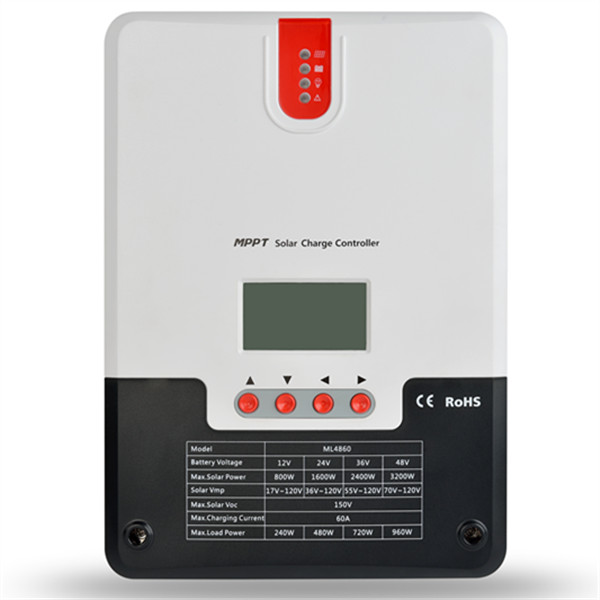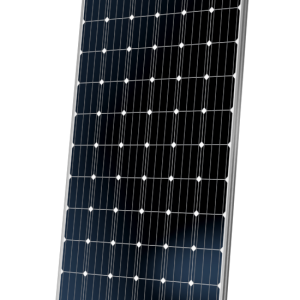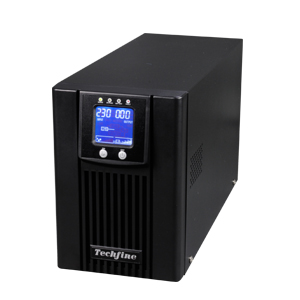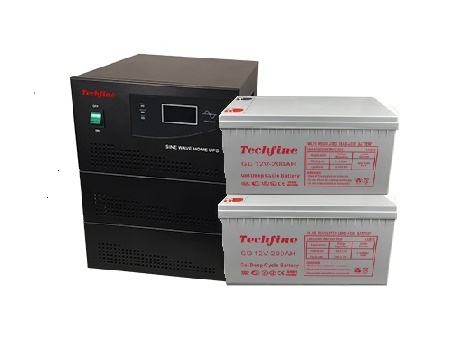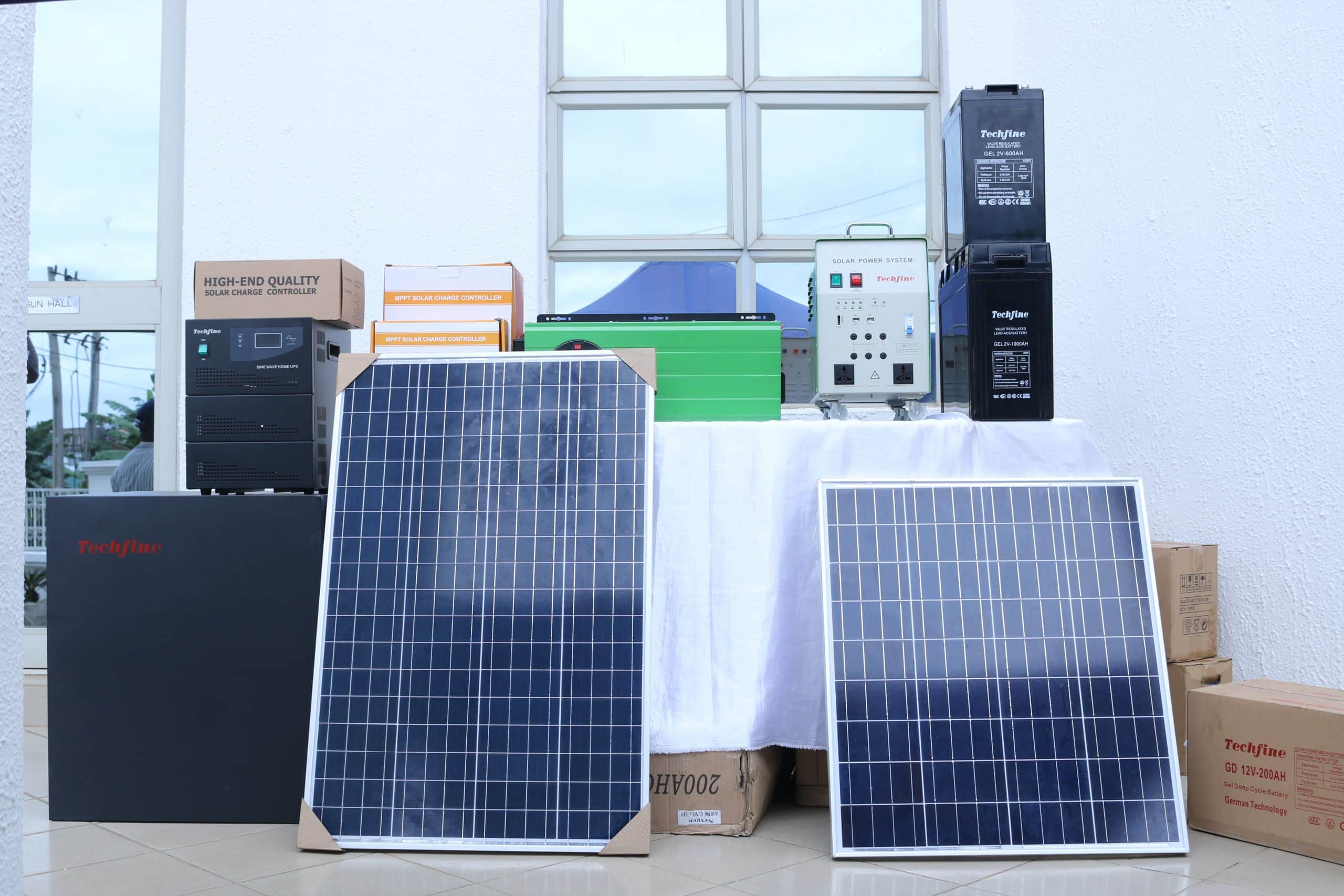Evolving and expanding energy needs have left a big gap for independent energy providers to fill. In a developing country like Nigeria, where grid electricity is unreliable, people desire cheaper, cleaner and more convenient energy sources other than generators.
A recent study conducted by Boston Consulting Group and All On, a Shell-funded impact investment company, listed the Nigerian off-grid solar market as among the fastest-growing in Africa
According to the report, “Nigeria’s installed photovoltaic panel per capita amounts to only about a watt compared to an average of 8 watts in similar emerging markets, indicating a big opportunity for further growth in the country.”
So, if you are an entrepreneur, it is important to start organizing to take advantage of the opportunities in the market. Just as the business is lucrative and promising, there are many pitfalls and punishments for bad entry decisions.
There are three business models in the downstream solar energy sector. The first is the Solar Home Business model, where solar energy is deployed for residential and small business purposes requiring between 1 to 10kilowatts. The second is the Commercial & Industrial (C&I) Business model, for commercial and industrial purposes requiring 10 – 100KW. The third is the Mini-grid Business model offering “utility-scale” solar energy to communities for up to 10MW.
In this article, we shall look at the five things to consider before venturing into the solar energy business under the Solar Home Business model.
Identify your market

Various market segments exist under the Solar Home System model. They include residential, small businesses, and religious centres with capacities not exceeding 10KW. You must first identify your customer and understand their energy needs/lifestyle and their financial capacity, which is closely related to the budget of their energy needs.
Determine your revenue collection model

After determining the customer’s energy needs and ensuring they can pay, it is vital to establish payment terms. This is your revenue collection model. Failure to solidify payment terms will lead to a breakdown of the process. The various revenue models you could consider are: (a) a one-off payment before, during or after solar energy system installation. (b) Payment by lease or rent. (c) The service model. In this model, you are simply offering service. This could come after the one-off installation payment and involve services like maintenance and management of a hybrid system.
Develop the technical capacity to deploy

No man or business is an island. Partnerships and technical ability are essential. It is important to build an in-house handling capacity. Be ready to leverage the strength of other businesses to achieve business goals. You also need the technical capability to understand the product that fits your market in terms of reliability, capacity, and other deliverables that satisfy your customer.
Market penetration strategy

You also need to devise a market penetration strategy by deciding to use the direct installation or distribution channels. Besides, the solar energy sector is vast and diverse, covering contracting, roofing, metal fabrication, sales, repair and maintenance, design, roofing and so on.
Funding

Lastly, you must understand your funding mechanism because you need money to stay in business. If you decide to use the Pay-As-You-Go method, you must have enough funding to stay afloat. You can also adopt the one-off payment method as long as it suits you. The most important thing is to have enough money to stay in business.


